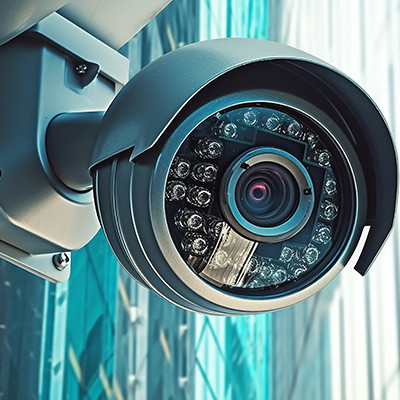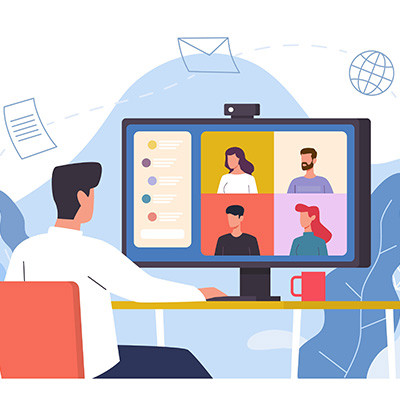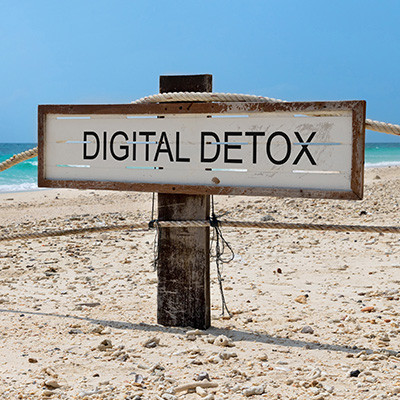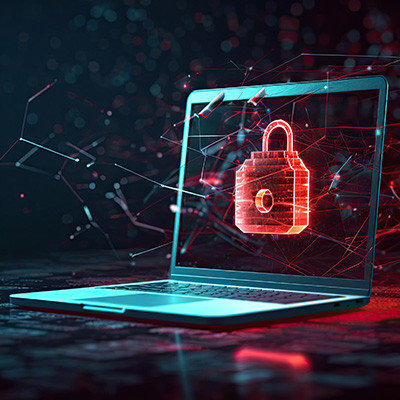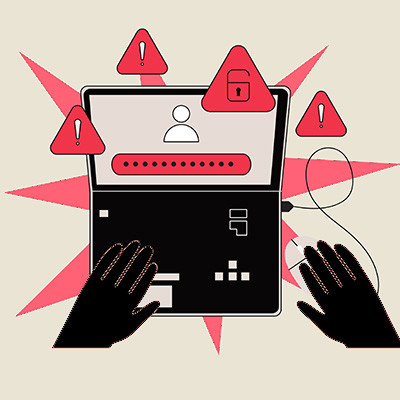We Define IT Consulting
Over the past several years, it has come to the attention of people in various industries that there is going to be a time, very soon, where the data that needs to be stored is going to outweigh our ability to store it. Microsoft, in a collaboration with the University of Southampton in England has taken aim at this very problem and has come up with some innovative solutions.
Back in April of this year, Google announced that the Android platform would be given the capability to archive unused applications to help preserve the precious storage space on the devices…provided that the device was almost out of available space. This auto-archive feature is now available to all users, regardless of the storage left on their device.
Microsoft developed the Teams platform with the aim of enhancing collaboration among individuals. The rise of remote collaboration has been ongoing for several years, and the COVID-19 pandemic solidified its place as a standard feature in business operations. Recently, Microsoft has introduced several enhancements to the platform to further augment its functionality.
Technology plays a pivotal role in the operations of most businesses, but its primary function is to empower and support the workforce. Many employees have specific expectations when it comes to the technology provided by their organizations. Failure to meet these expectations can drive them to seek employment elsewhere. Let’s delve into five ways technology bolsters your employees' productivity.
Laptops are no longer exclusive to the home and work environments; indeed, more and more schools and universities are adopting laptops and other educational technology for the purposes of delivering cutting-edge instruction. Chromebooks are just one option available, if not the most cost-effective one out there. This leads to a unique set of problems, though, particularly when the software powering these devices reaches its end of life.
Sure, retailers have to manage their inventory effectively, but have you ever thought about the way your own business manages what it keeps on hand? Today we want to discuss five ways your business can more effectively manage inventory—and it turns out technology plays a pretty significant part in improving any inventory control system.
Artificial intelligence, or AI, is a bit controversial at the moment, but there can be no denying that it will play an important part in the business world in the years to come. In fact, many organizations are seeking to expand their AI offerings and capabilities, including notable companies like Microsoft. Here are some of the solutions Microsoft is offering businesses in terms of AI.
One major nonprofit has become the victim of a disclosed major data breach, affecting 890 schools all across the US: the National Student Clearinghouse, or NSC. The organization has announced that they have experienced a considerable data breach that has put their clients’ data at risk. What does this mean for affected organizations and their clientele?
In many ways, a business is only as capable as its sales team allows it to be… and nowadays, a sales team is only as capable as their tech allows them to be. Let’s take a few minutes to discuss how you can turn this to your advantage by providing your sales team with the technology that supports their goals.
Over the course of a year, a month, or even a single day, your business accumulates and utilizes a lot of data. You need systems in place to make good use of this data, otherwise your business is leaving efficiency on the table. Today we want to go over some proper uses for your data and how to make the most of this golden opportunity.
These days, data privacy is absolutely critical in both a business and individual context. In some locations, governments have introduced legislation to protect consumers, and in others, there is significant pushback in favor of fewer regulations on business. How does data privacy factor into your business’ operations?
Chances are, your and your employees’ lives are fully permeated with technology, from the very start of the day to the moment you close your eyes to sleep in the evening. That’s just how the world works nowadays, but there is evidence that this permeation of tech can have some adverse effects on us all. That’s why, as odd as it may sound coming from an IT provider, you may want to occasionally take a moment to step away from technology.
Many businesses, irrespective of their size, are increasingly turning towards managed services to streamline their operations, reduce expenses, and elevate their overall customer value proposition. The utilization of managed services has revolutionized the landscape, not just in terms of cost-saving, but also in facilitating businesses to grow and extract greater value from their IT infrastructure. Let's take a look into how managed services achieve this dual objective.
In an era where businesses rely heavily on data and technology, the need for comprehensive disaster recovery solutions has never been more critical. The stakes are high when it comes to safeguarding your company's digital assets and ensuring business continuity in the face of unforeseen disasters. This is where Disaster Recovery as a Service (DRaaS) comes into play.
Businesses need to be cognizant of the role technology plays in today’s operations. Not only do you stand to lose ground on your competition if you fail to properly invest in your technology, it can have other negative effects on your business as well. This week, we outline eight things that can go wrong if you aren’t constantly looking to build a technologically savvy business.
You might see encryption as a major benefit to your cybersecurity strategy, but it’s often used in a way that might have you guessing whether you really understand it. Let’s take a closer look into what encryption does to your data, as well as why it is essential for any business to ensure maximum privacy and security.


